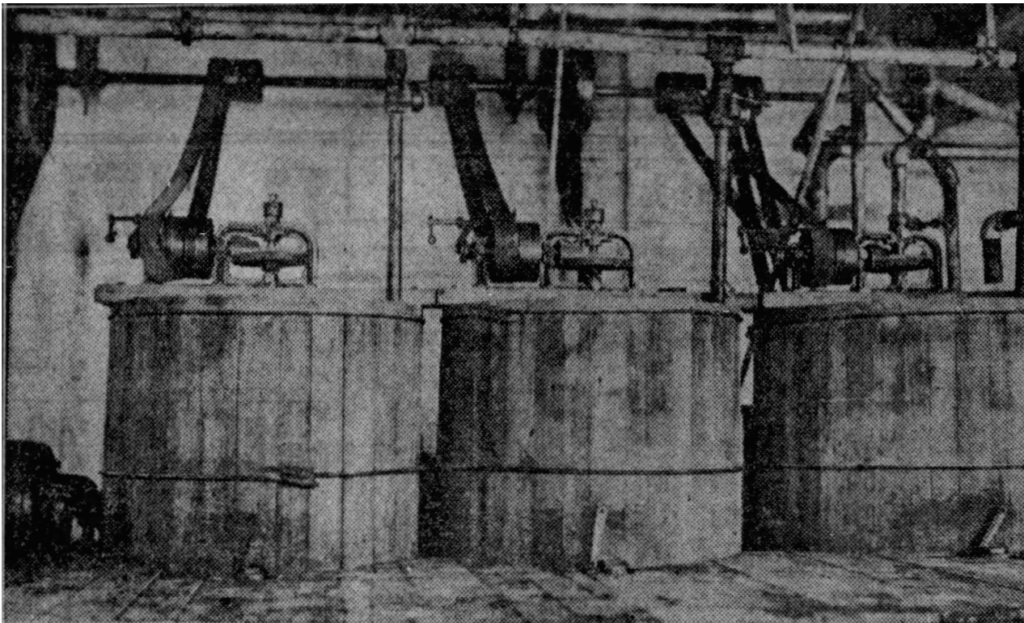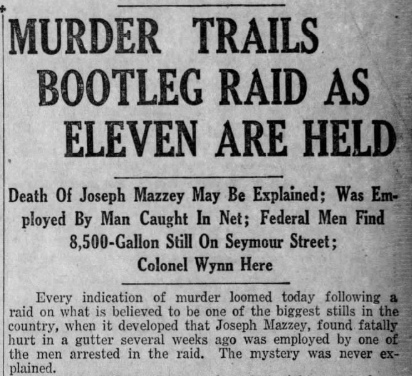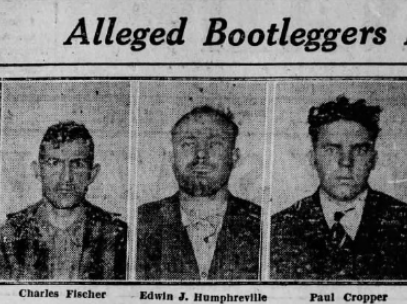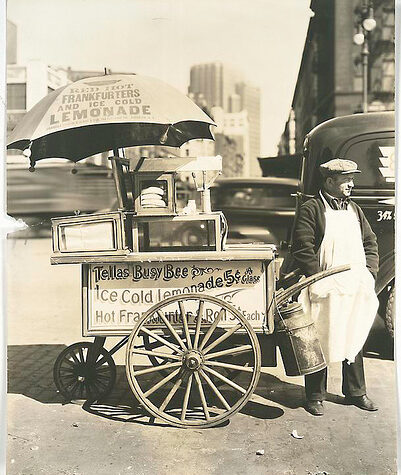By Ainsley McClure
On November 5th, 1927, Lancaster City Police cooperated with federal agents from Philadelphia to bust a bootlegging scheme running in the abandoned Pennsylvania Soap Factory, at 220 Seymour Street, near South Prince Street. Agents reported that this was undoubtedly the largest illegal still in Pennsylvania, and possibly the largest in the United States during Prohibition.

The Eighteenth Amendment outlawed the production, transportation, and sale of alcohol for consumption; it went into effect across the country in January 1920. Under the Eighteenth Amendment, the Volstead Act enforced prohibition by defining illegal alcohol, setting penalties, and authorizing enforcement. Over the next thirteen years, federal, state, and local officials tried to stop the illegal production of liquor.
The raid on the soap factory was dramatic: city, state, and federal authorities kicked down the door and found a stunning array of massive, high-powered mixers, retrofitted soap vats, and expensive pipework churning out rum and whiskey. Officials arrested nine men on sight. Not everyone working in the still was a local; some were from Philadelphia or New York. One newspaper account estimated that the still could store more than 85,000 gallons of liquor. The operation was thus clearly designed for a market beyond Lancaster. When asked about his initial impression of the plant, one federal agent exclaimed, “Stupendous! It shatters the wildest fancies and surpasses description.”
A notorious bootlegging “gang” ran the soap factory still. This group had caused trouble in Lancaster earlier. Nearly busted three weeks prior for liquor law violations, they had set up bootlegging machinery in a building on the corner of Plum and Fulton streets; yet, when officials raided this site, they found no alcohol, so they did not make arrests or destroy the equipment. The group had quickly loaded its equipment into a van and disappeared, but not for long. An anonymous tip soon led agents to them in the Seymour Street factory.
The four-story Seymour Street building was fit to mass distribute the bootleg booze. The first floor held an efficient shipping room, where 350 gallons of liquor were discreetly packed, ready for shipment. The basement held a high-powered steam plant, which pumped power to the third and fourth floors, which held a massive supply of sugar, yeast, and mash, as well as additional soap vats. The condensing system reached 30 feet from the floor, rising through the levels of the factory. At the top, a man sat sentinel, watching the alcohol pass through the system. The agents noted the “great care used” by the manufacturers to avoid poison contamination. Officials described the entire plant as “modern in every particular and included a complete chemist’s outfit.”
The size and complexity of the scheme drew the attention of the U.S. Prohibition Commissioner, Dr. J. M. Doran, to Lancaster the next day, where he ordered the destruction of the still and its contents. Thousands of dollars of modern, steam-powered machinery were smashed by prohibition enforcement agents, and hundreds of gallons of liquor were poured into Lancaster sewers. For the next few days, Lancaster citizens noticed their sewers and grates clogged with mash, a mixture of crushed grains used in distilling.
News reports suggested that the death of Jacob Mazzey a few weeks earlier was likely a murder tied to this bootlegging gang, as Mazzey worked for one of the bootleggers, a plumber named Jacob Humphreville (his son, Edwin Humphreville was arrested in the raid). The police stopped pursuing the case and no one was ever charged with any wrong-doing in Mazzey’s death.

Authorities prosecuted six of the original nine bootleggers in federal court in Philadelphia. All pled guilty. The raid stirred the nation so much that lawmakers debated establishing a federal enforcement office in Lancaster several times in the following months.

Make your inbox more interesting. Subscribe to our newsletter for the latest scoop.



